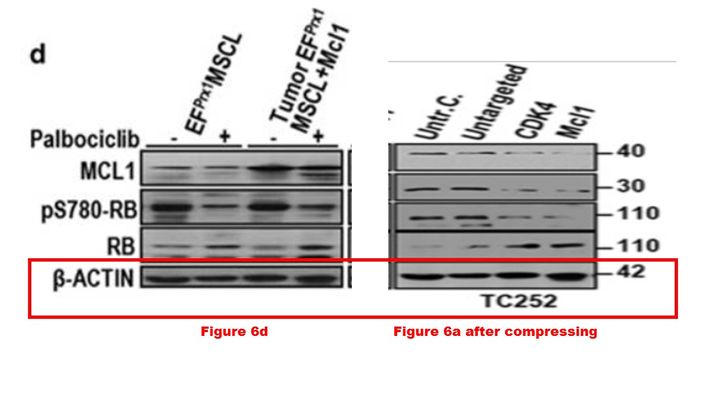

The only way you can actually diagnose an actual infection is CSF tap, and do a western blot on the CSF fluid and that’ll tell you if you actually have an ongoing clinical case or not. Now, you can test for exposure, at least it’ll tell you that the horse has been exposed and tell you if they have an active infection or not. Very, very typically part of the vetting process of groups of horses as yearlings at the yearling sales we go ahead and just treat them across the board because we don’t know which ones have been infected, which ones not. Veterinarians diagnose EPM by performing a neurological examination and by ordering Western blot tests for antibodies to S. The severe ones where they lose large sections of the tract, I mean, I’ve seen it go so far as where the horse had to be euthanized, but, the earlier that we detect it and we recognize that there’s a potential problem here, and the quicker that we go with a proper antiprotozoal that will kill this organism the better the results are.

STEVE: Well there have been several cases. In addition, we will even see multi-focal sites, where you’ll see maybe paralysis of the airway, affected areas in muscle, or sometimes areas of the hind end where it’s so generalized that the horse essentially shows ataxia or neurological symptoms associated with decreased afferent and efferent flow through the nervous tracks throughout the central nervous system.ĪLEX: It seems like I’ve been around a lot of horses with EPM and it seems that, obviously, early diagnosis is extremely important.ĪLEX: And that horses can be treated and come back to be 100%. It can be anywhere from a small section in the neck to a large section across the hip. In serious or localized focal cases we will see sections of atrophy of muscle groups, large muscle groups. Symptomatically, we see performance deficits, in subtle cases, meaning that they don’t have the ability to perform as well. Stress levels of the horse essentially create migration of the organism, that protozoal organism, and via migration they destroy several tracts or sections of the nerve tracks of the nervous tissue throughout the central nervous system, i.e., the spinal cord. It migrates through their gastrointestinal tract and locates itself in the central nervous tissue of the spinal cord of the horse. They picked it up due to their exposure, and the horse picks it up. 5 Western blot analysis is based on electrophoretic separation of proteins from cultured S. fayeri, a common parasite of equine skeletal muscle. neurona, the causative agent of EPM, from exposure to S. Opossums tend to go across the grazed area. This technique lacks the sensitivity and specificity of Western blot analysis and cannot differentiate exposure to S. STEVE: EPM or Equine Protozoal Myelitis is an infection that is picked up from the horse as an aberrant horse via manure or droppings by an opossum.


 0 kommentar(er)
0 kommentar(er)
